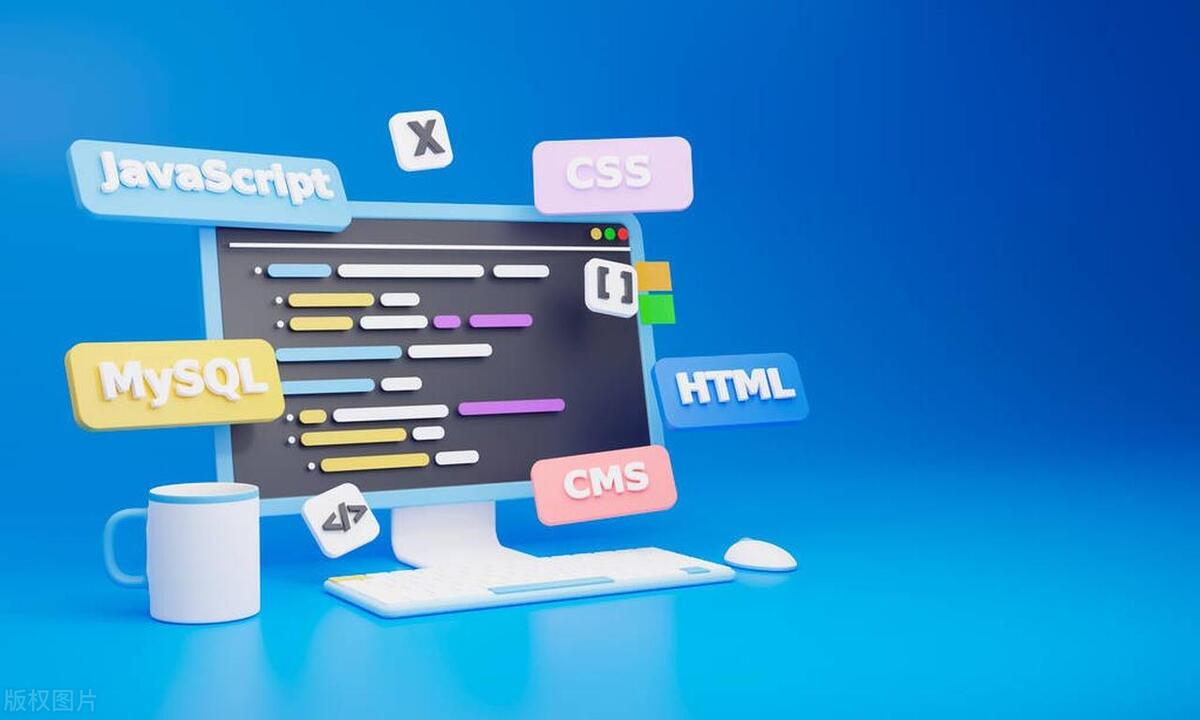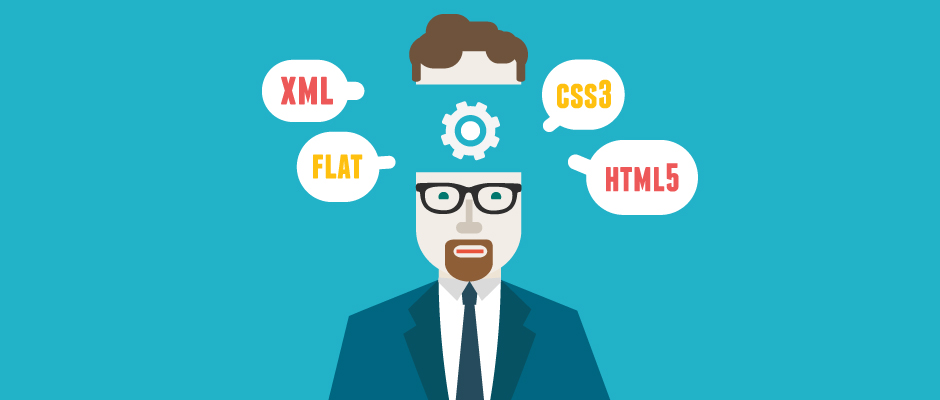The Power of GraphQL Fragments for Reusable Queries
Aug 01, 2025 am 05:44 AMGraphQL fragments should be used to avoid repeating fields in queries, improve maintainability, and enable modular code. 1. Define reusable field selections like fragment UserFields on User { id name email avatar } to eliminate duplication. 2. Use ...UserFields in any query returning User to centralize updates—adding a field requires only one change. 3. Colocate fragments with components, such as defining UserCardFragment in React to declare precise data needs. 4. Build complex queries hierarchically by nesting fragments, like PostFields including UserFields. 5. Follow best practices: use clear names, keep fragments focused, leverage tooling for validation, and avoid excessive nesting. 6. In real-world apps, compose parent queries from component fragments, enabling automatic updates when fragments change. Fragments reduce errors, enhance scalability, and are resolved at query time with no runtime cost, making them essential for efficient GraphQL development.

GraphQL fragments are one of the most underrated yet powerful features of GraphQL. They let you define reusable pieces of queries, making your code cleaner, more maintainable, and less error-prone. Instead of repeating the same fields across multiple queries or components, you can define them once and reuse them wherever needed.

Here’s how fragments make a real difference in day-to-day development.
What Are GraphQL Fragments?
A fragment is a named selection of fields that can be shared across queries, mutations, or other fragments. You define it once and then spread it into your operations using the ... syntax.

For example:
fragment UserFields on User {
id
name
email
avatar
}Now you can use this in any query that returns a User:

query GetCurrentUser {
currentUser {
...UserFields
}
}
query GetUser($id: ID!) {
user(id: $id) {
...UserFields
}
}This avoids repeating the same four fields every time you fetch a user.
Why Use Fragments? Key Benefits
1. Avoid Repetition, Improve Maintainability
When you need to add a new field—say, phone—to every place a user is fetched, you only update the fragment. No need to hunt down every query.
Without fragments, you’d manually update multiple queries. With fragments, it’s a one-line change.
2. Colocate Data Requirements with Components
In frontend frameworks like React with Apollo Client, it’s common to define a fragment inside the component that uses it.
const UserCardFragment = gql`
fragment UserCardFields on User {
id
name
avatar
role
}
`;Then, any parent query that renders UserCard can include ...UserCardFields. This follows the principle of data co-location—the component declares exactly what data it needs.
3. Enable Modular and Scalable Code
As your app grows, so does query complexity. Fragments let you build queries like LEGO blocks.
For example:
fragment PostFields on Post {
id
title
content
author {
...UserFields
}
createdAt
}Now PostFields reuses UserFields. This nesting keeps things DRY and hierarchical.
Best Practices for Using Fragments
- Name them clearly: Use descriptive names like
UserProfileFieldsorCommentListItemso it’s obvious where they’re used. - Keep them focused: A fragment should reflect a logical unit of data, ideally tied to a UI component or domain object.
- Use in combination with tooling: Apollo Client, Relay, and other clients can validate that your fragments are compatible with the actual schema and warn if fields are missing.
- Avoid over-nesting: While nesting fragments is powerful, too many layers can make queries hard to follow. Use judgment.
Fragments in Real-World Workflows
In a component-based app, each component exports its fragment. Higher-level queries compose these fragments together.
Example structure:
// UserAvatar.js
export const UserAvatarFragment = gql`
fragment UserAvatarFragment on User {
avatar
name
}
`;
// UserBio.js
export const UserBioFragment = gql`
fragment UserBioFragment on User {
name
bio
website
}
`;
// UserProfile.js
const UserProfileQuery = gql`
query UserProfile($id: ID!) {
user(id: $id) {
...UserAvatarFragment
...UserBioFragment
}
}
`;This way, when UserBio needs a new field, you update just that fragment and the query automatically includes it.
Fragments don’t add runtime overhead—they’re resolved at compile/query time. They’re purely a developer experience win.
Basically, if you’re writing the same fields more than once, you should be using a fragment. It’s not magic, but it makes a big difference over time.
The above is the detailed content of The Power of GraphQL Fragments for Reusable Queries. For more information, please follow other related articles on the PHP Chinese website!

Hot AI Tools

Undress AI Tool
Undress images for free

Undresser.AI Undress
AI-powered app for creating realistic nude photos

AI Clothes Remover
Online AI tool for removing clothes from photos.

Clothoff.io
AI clothes remover

Video Face Swap
Swap faces in any video effortlessly with our completely free AI face swap tool!

Hot Article

Hot Tools

Notepad++7.3.1
Easy-to-use and free code editor

SublimeText3 Chinese version
Chinese version, very easy to use

Zend Studio 13.0.1
Powerful PHP integrated development environment

Dreamweaver CS6
Visual web development tools

SublimeText3 Mac version
God-level code editing software (SublimeText3)

Hot Topics
 Best practices for building APIs using GraphQL in Go
Jun 17, 2023 pm 04:40 PM
Best practices for building APIs using GraphQL in Go
Jun 17, 2023 pm 04:40 PM
As the trend of front-end and back-end separation becomes more and more popular, the design and use of APIs are becoming more and more important. Building APIs using GraphQL in Go is a popular choice because GraphQL allows front-end developers to fetch data from the backend as per their needs. However, GraphQL has a unique design and properties, and developers need to follow some best practices to ensure good performance and maintainability. Here are the best practices for building APIs using GraphQL in Go: Defining Grap
 Implement efficient API data query and manipulation using PHP and GraphQL
Jun 25, 2023 am 11:23 AM
Implement efficient API data query and manipulation using PHP and GraphQL
Jun 25, 2023 am 11:23 AM
With the continuous development of Internet technology, API has become an important way for various software to communicate with each other. API can provide a unified data interface so that different software can access and use each other. However, as the number and scale of APIs continue to increase, how to quickly and efficiently handle the query and operation of API data has become an important issue. In this problem, PHP and GraphQL can provide a very effective solution. This article will provide some brief introduction and analysis of this solution. PHP overview
 Best practices on how to use GraphQL API in PHP
Jun 17, 2023 am 11:32 AM
Best practices on how to use GraphQL API in PHP
Jun 17, 2023 am 11:32 AM
GraphQL is a powerful API query language that greatly simplifies the data acquisition and manipulation process. PHP, as a widely used and supported programming language, can also easily use GraphQLAPI to access various data sources. However, PHP developers still need some guidance on best practices for using GraphQLAPI in PHP applications. In this article, we will take a deep dive into how to use GraphQLAPI with PHP. 1. Installation and configuration
 An article to talk about how to efficiently develop presentation layer Node.js applications
Apr 17, 2023 pm 07:02 PM
An article to talk about how to efficiently develop presentation layer Node.js applications
Apr 17, 2023 pm 07:02 PM
How to use Node.js for front-end application development? The following article will introduce you to the method of developing front-end applications in Node, which involves the development of presentation layer applications. The solution I shared today is for simple scenarios, aiming to allow front-end developers to complete some simple server-side development tasks without having to master too much background knowledge and professional knowledge about Node.js, even if they have no coding experience.
 Using GraphQL for API development in Beego
Jun 23, 2023 am 11:36 AM
Using GraphQL for API development in Beego
Jun 23, 2023 am 11:36 AM
API Development with GraphQL in Beego GraphQL is a modern API query language developed by Facebook that provides a more efficient and flexible way to build APIs. Different from traditional RESTful API, GraphQL allows the client to define the data it needs, and the server only returns the data requested by the client, thus reducing unnecessary data transmission. Beego is an open source web framework written in Go language, which provides a series of tools
 How to create an API interface using GraphQL in PHP
May 10, 2023 pm 10:31 PM
How to create an API interface using GraphQL in PHP
May 10, 2023 pm 10:31 PM
GraphQL is an emerging API query language that can accurately specify the data that needs to be returned on the client, thereby reducing the transmission of unnecessary data by the server and improving the efficiency of network requests and data transmission. Compared with traditional RESTful style API, GraphQL is more flexible and efficient. In this article, we will explore how to use GraphQL in PHP to create API interfaces. Install the GraphQL library Before you start using GraphQL, you need to install Graph
 An in-depth analysis of the GraphQL type system
Feb 09, 2023 pm 08:21 PM
An in-depth analysis of the GraphQL type system
Feb 09, 2023 pm 08:21 PM
GraphQL is a powerful enabler for developers and consumers of APIs, as well as the organizations behind them. All details and functionality of a GraphQL implementation are laid out in the GraphQL Schema.
 Using GraphQL in ThinkPHP6
Jun 20, 2023 pm 11:25 PM
Using GraphQL in ThinkPHP6
Jun 20, 2023 pm 11:25 PM
With the popularity of front-end and back-end separation, traditional RESTful API can no longer meet the needs of the modern Internet. The problem is that the API of each resource needs to be designed separately, and each request will only return a fixed structure, which leads to a large number of redundant requests and data, and the program becomes very cumbersome, which is not conducive to development and maintenance. The emergence of GraphQL solves this problem. It is a new type of API query language and runtime that can effectively reduce the amount of network data transmission and the number of requests. with R






